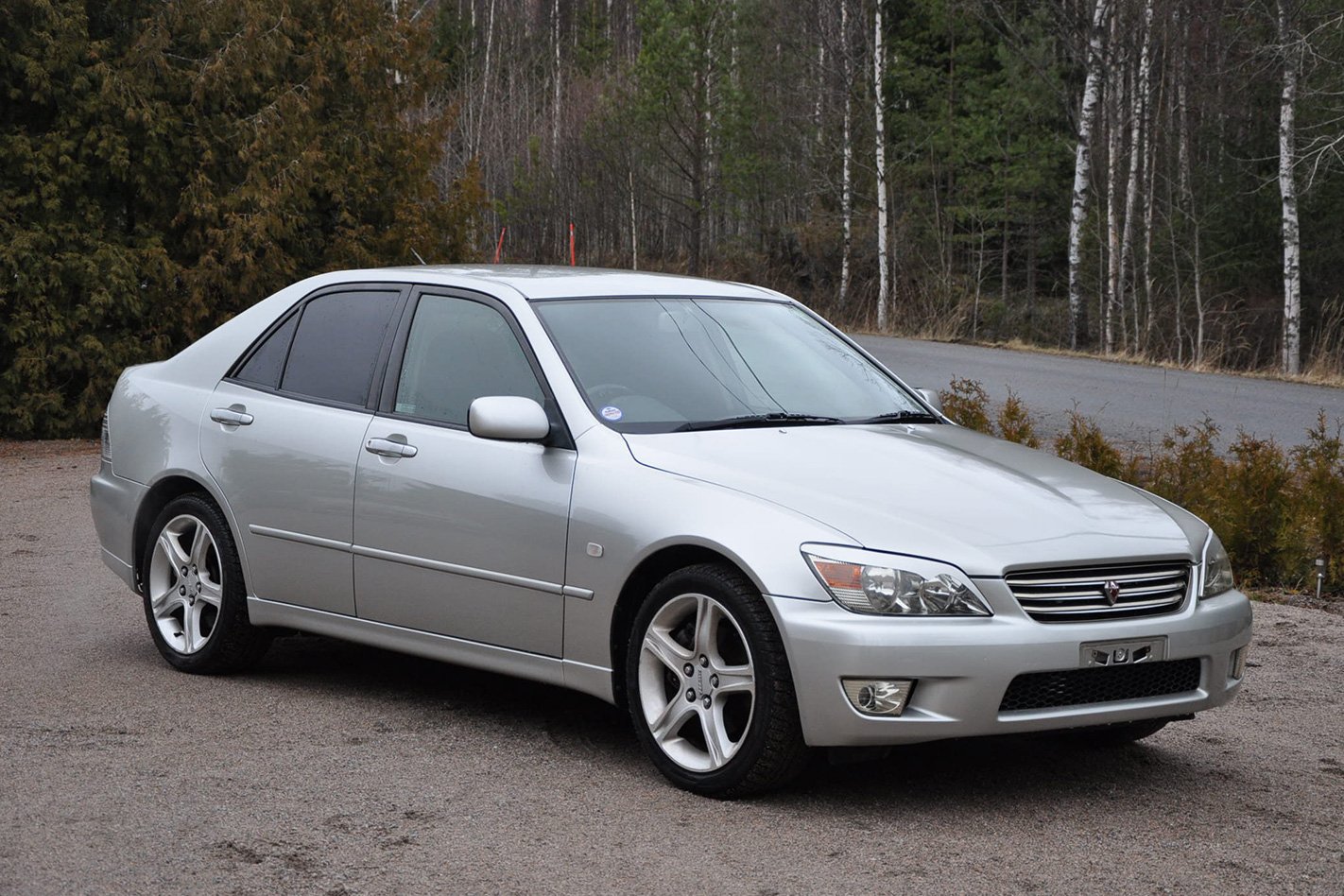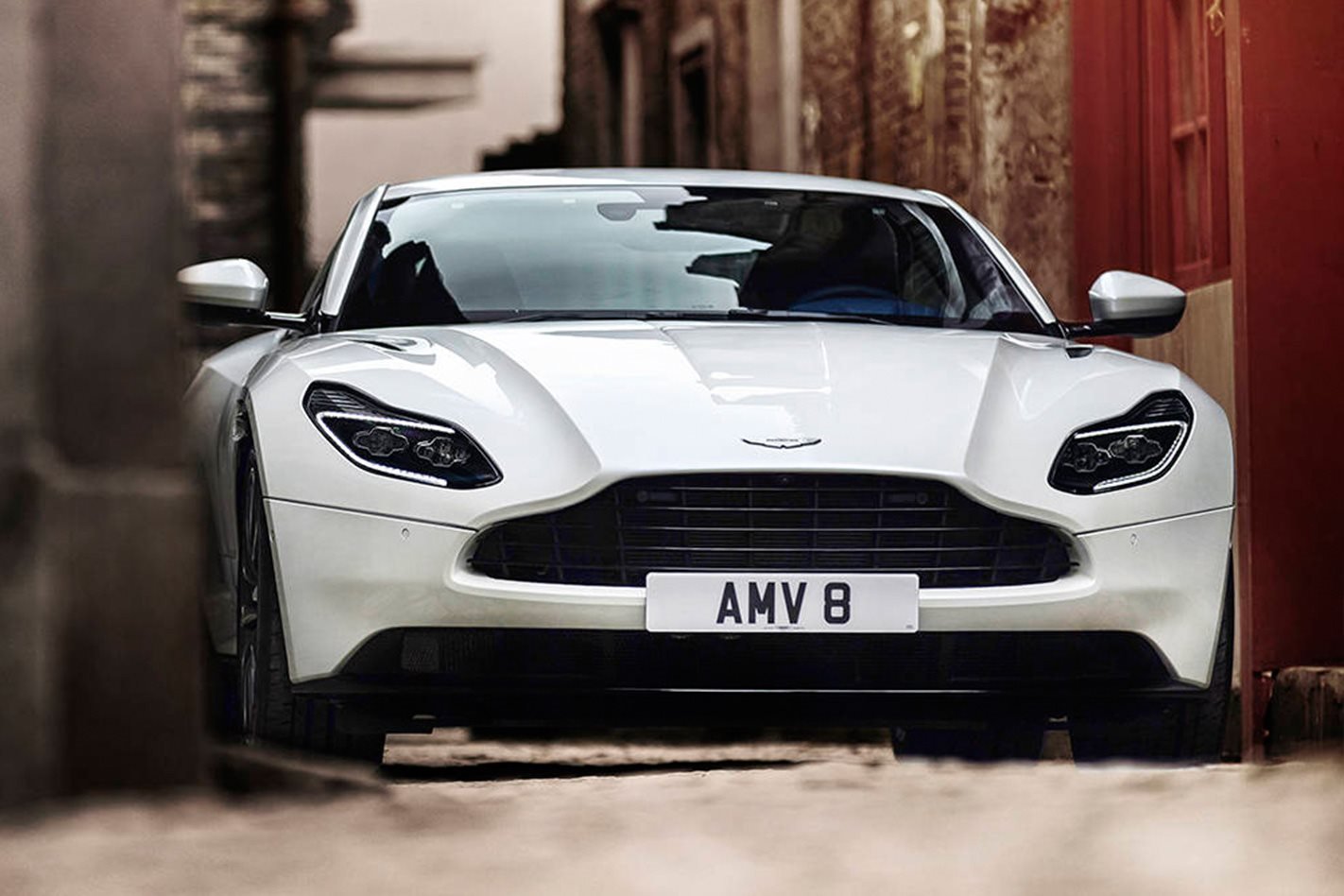Aston Martin CEO Andy Palmer just came right out and said it. The new V8 version of the DB11 was described as an athlete compared to the brute that is the V12.
Keen drivers have long known that when it comes to engines, less can be more. Putting more cylinders, complexity, and weight into a car isn’t always the passport to dynamic excellence, so let’s run through a few of the cars that were better with a bit less.
Ford Falcon XR6 Turbo
Yep, we’re going there. We’ve driven some great Falcon V8s in recent years, but it’s the blown Barra that we’re really going to miss. Its 4.0-litre straight-six is pretty much close to automotive perfection, but giving it a bit of Garrett GT40 boost sends tuning potential clean through the rafters. It’s easy to forget quite what a revolution this lump represented, in Aussie terms at least. The 3984cc straight-six arrived with double overhead cams and four valves per cylinder, making Holden’s Buick-based pushrod V6 look like something from a Flintstones cartoon.
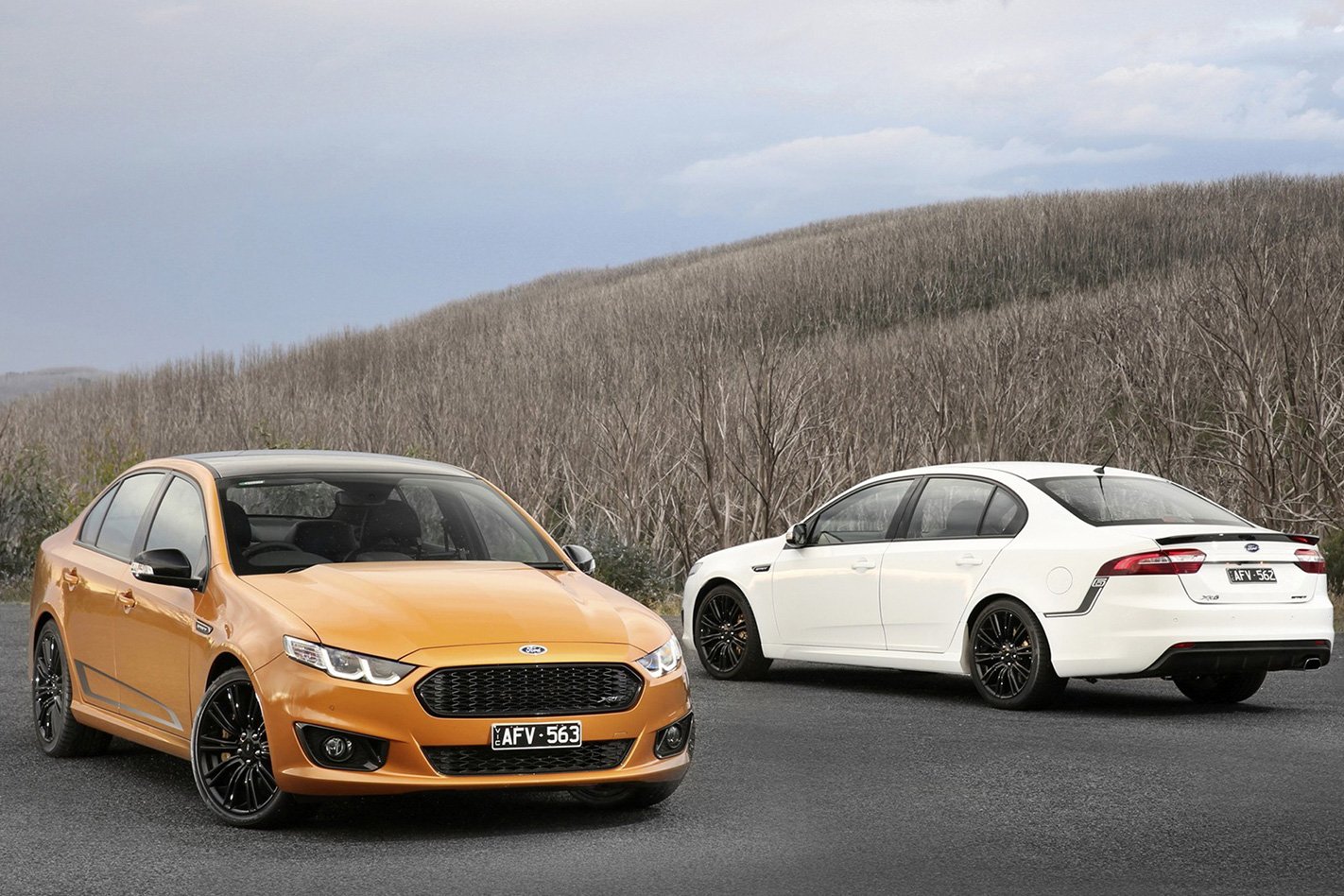
Audi R8 V8
The original R8 was first launched in 2007 with the 309kW 4.2-litre V8 borrowed from the RS4 and mounted just behind the driver’s shoulders. It was a fantastic thing, but its thunder was well and truly stolen with the arrival of the snarling 391kW V10 version a couple of years later; an engine that owed a lot to Lamborghini.
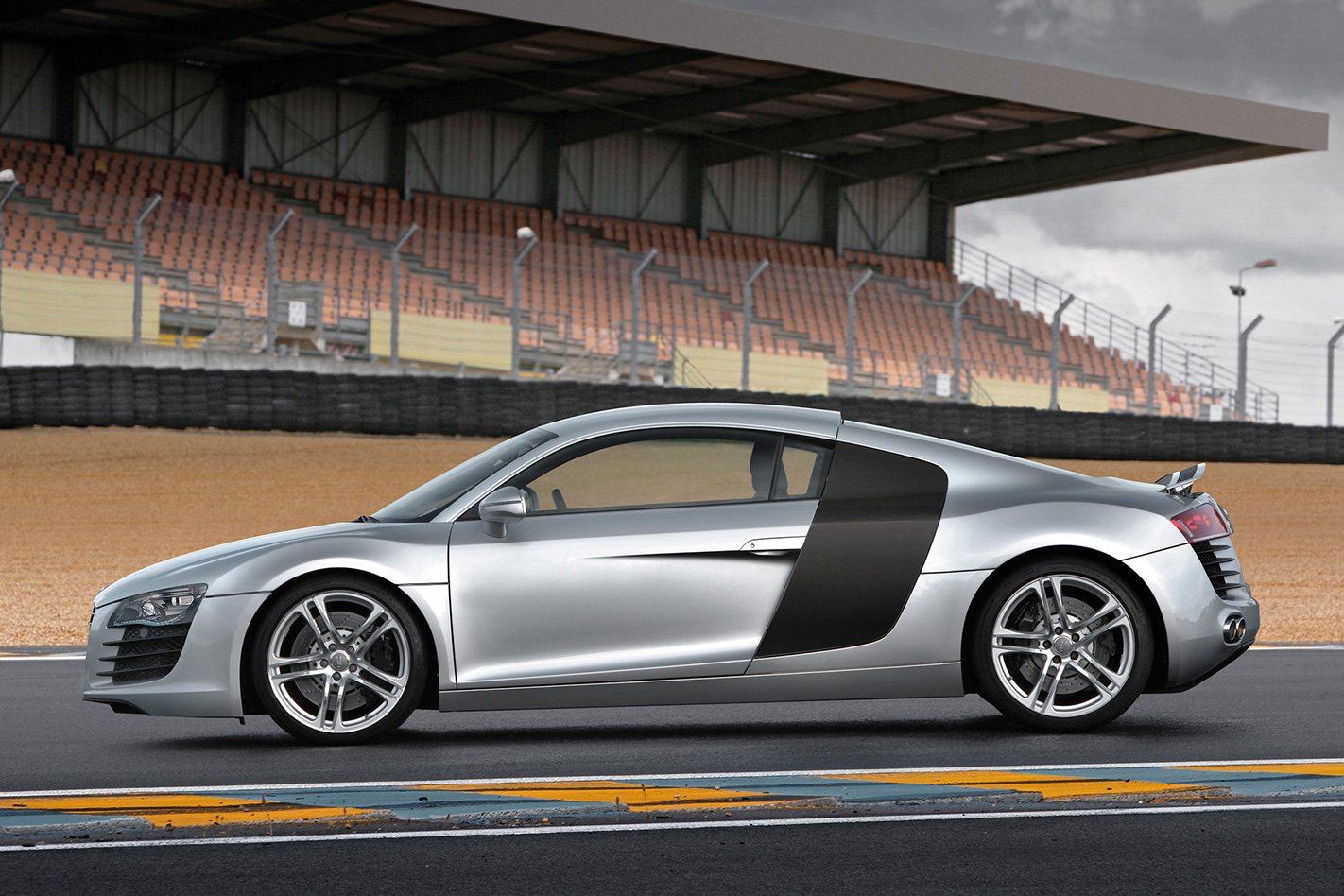
Mercedes-Benz SL55 AMG
The 368kW 5.5-litre M113 AMG supercharged V8 engine has to be one of the unsung stars of the Noughties. Plumbed into the pointy end of a Mercedes SL55 AMG, it was capable of destroying the egos of supercar drivers with effortless ease. Back in 2002, a delimited SL55 AMG was taken to the Nardo test track in southern Italy and put up against a Lamborghini Murcielago, an Aston Vanquish, a Porsche 911 GT2, and a Ferrari 550 Maranello. It was the quickest of all the cars to 300km/h and was only pipped on top speed by the Lambo, a car twice its price.
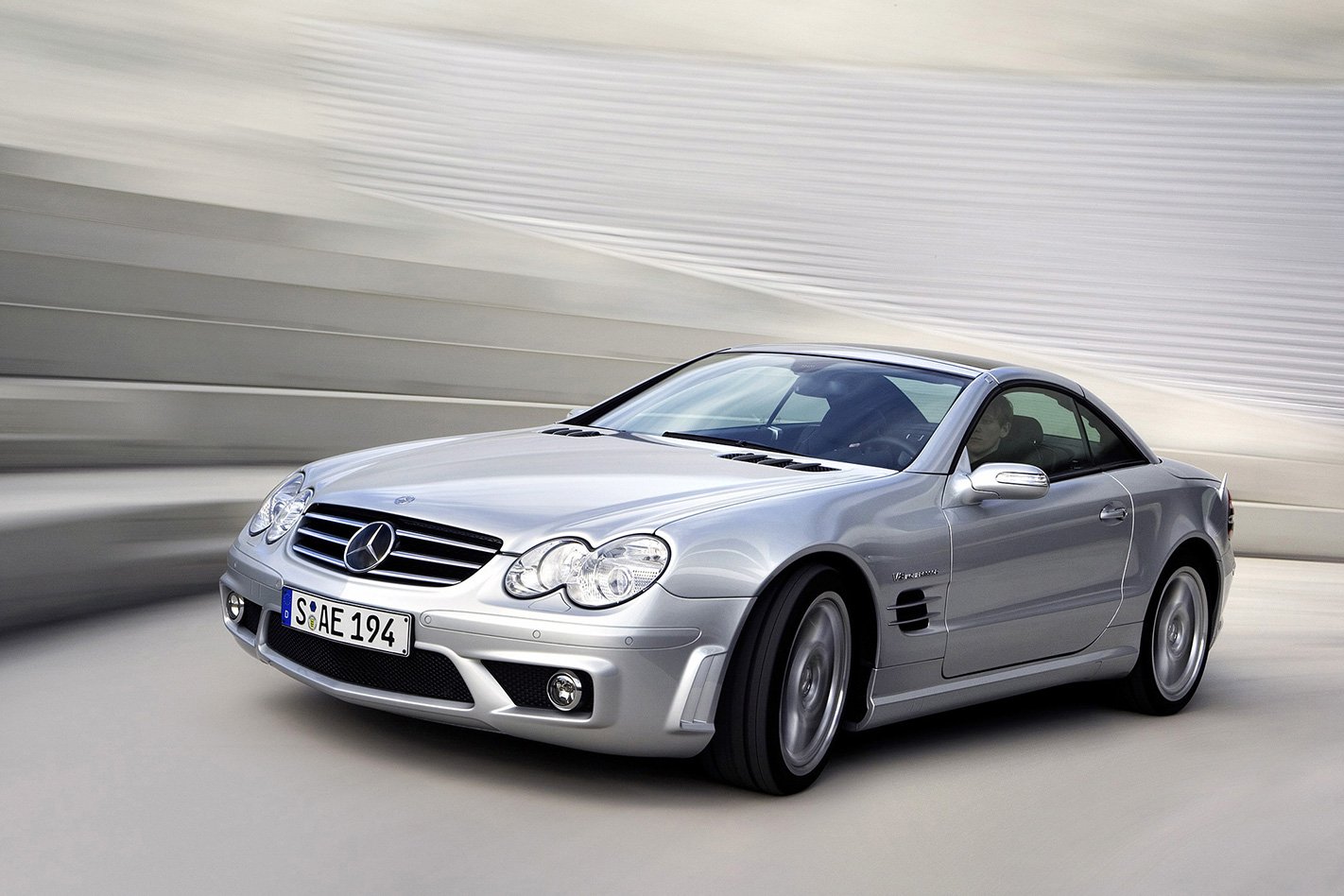
Porsche 718 Cayman
It’s a fact that the turbocharged powerplants of Porsche’s 718 Cayman aren’t universally adored. Compared to the charismatic normally-aspirated sixes that went before, its new blown fours lack a bit of X-factor. What they aren’t shy of is torque, and the base 2.0-litre 718 Cayman develops as much twist action as the outgoing 3.4-litre atmo flat-six in the Cayman GTS.
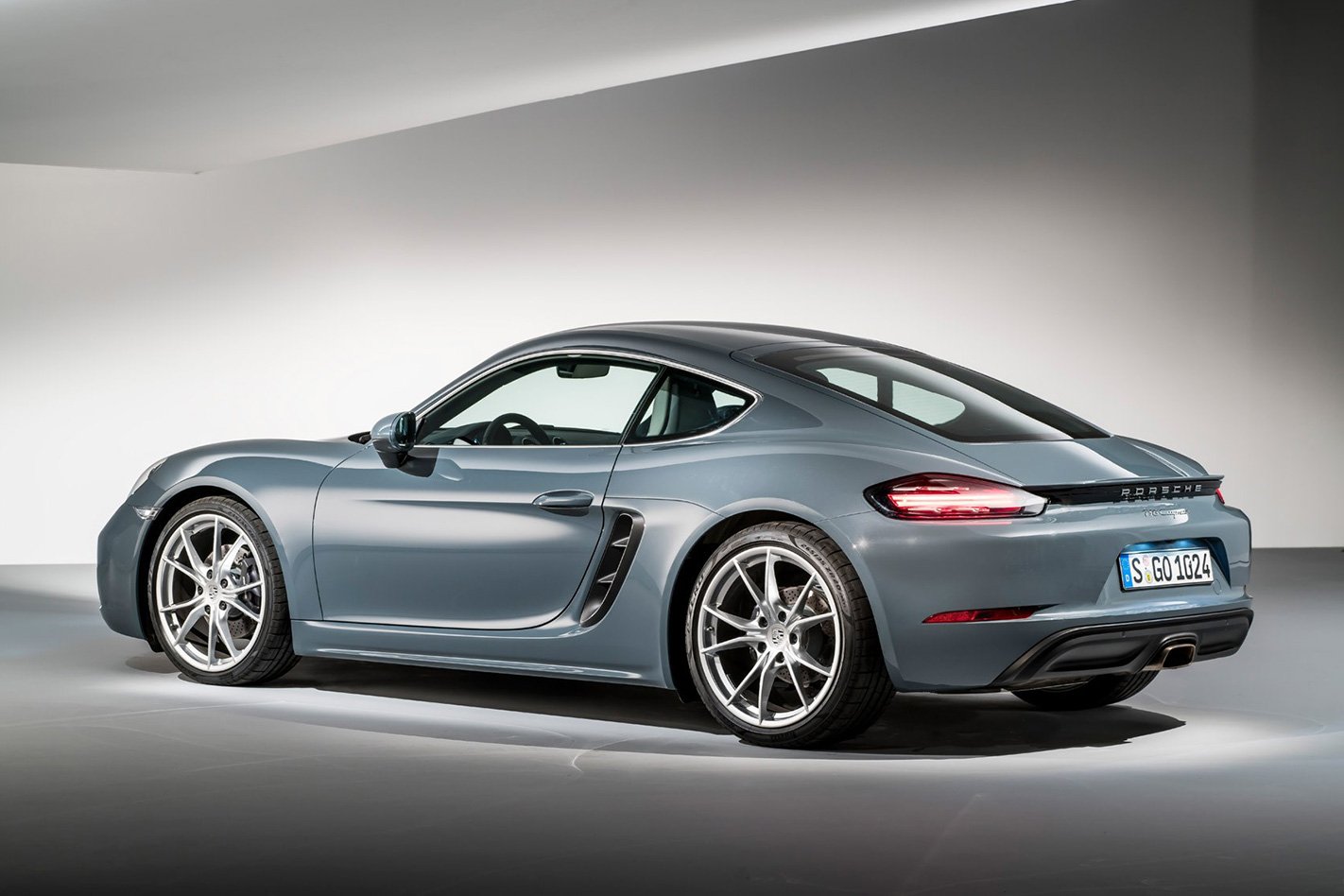
Toyota Altezza RS200
And here’s one that got away. Here in Australia, we got the Altezza, badged as a Lexus IS, with a lazy 3.0-litre 157kW straight-six and five-speed automatic combination for the range-topper. The 2JZ-GE lump added another 100kg to the front end of the IS200 version, dulling its responses. Our October 2001 test proclaimed it was no rival for a BMW 3 Series.
